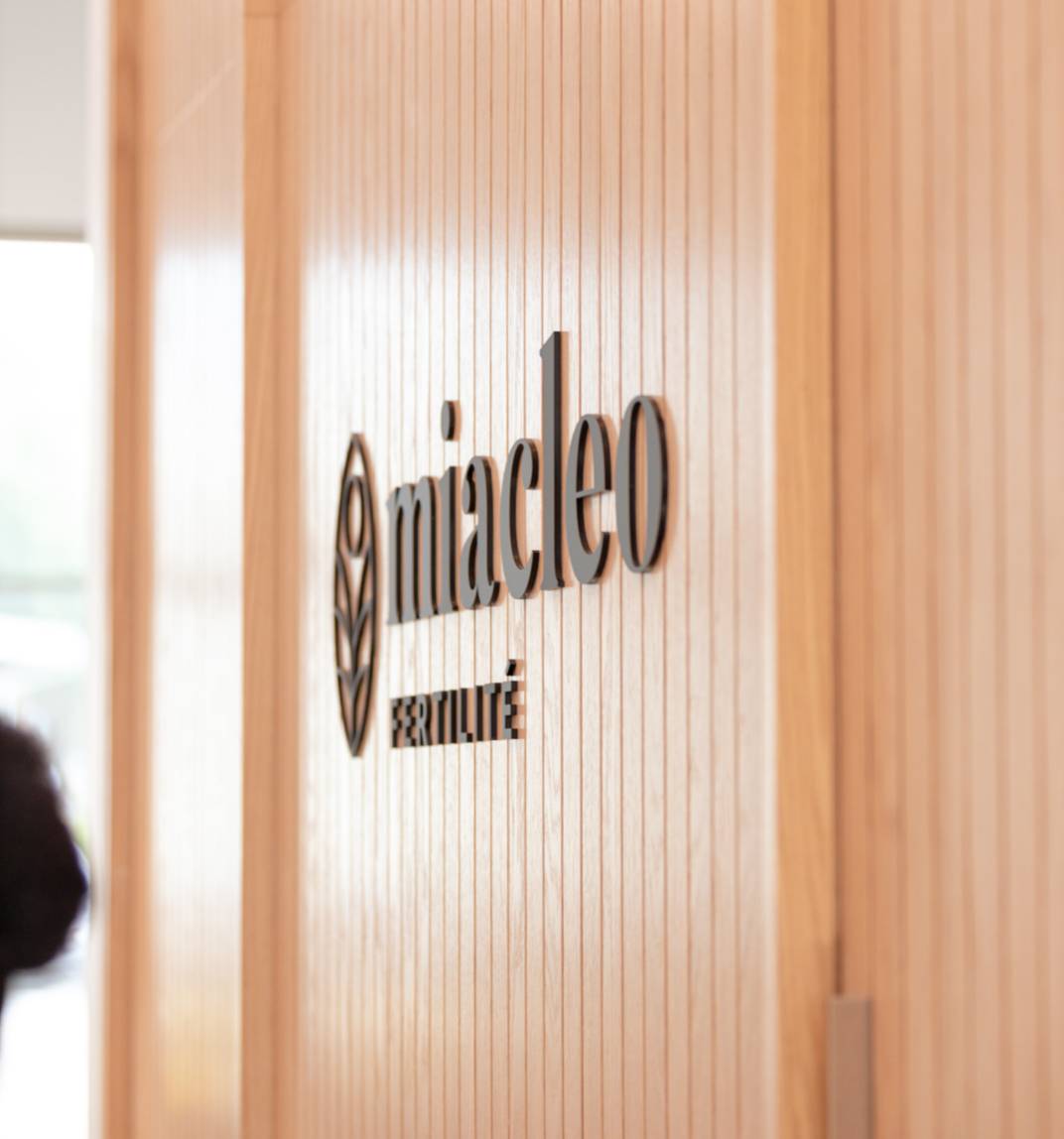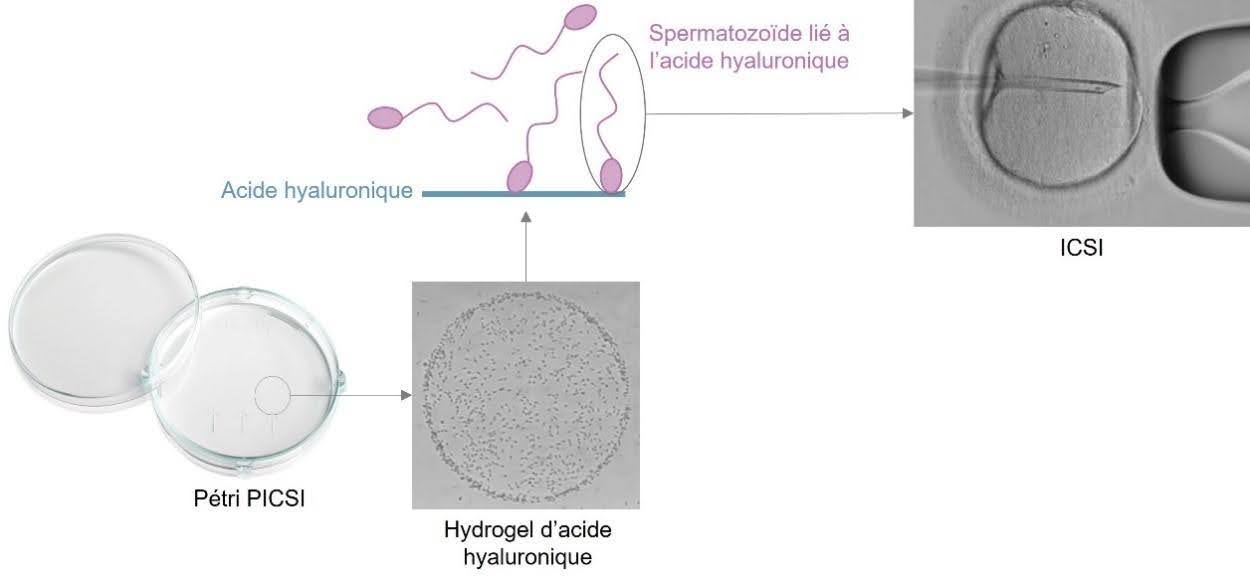When a couple is facing fertility challenges, in vitro fertilization (IVF) can offer an effective solution. Among the techniques used to optimize egg fertilization are intracytoplasmic sperm injection (ICSI) and physiological intracytoplasmic sperm injection (PICSI).
But what’s the difference between these two methods, and which one is best suited to your situation?

What is ICSI?
ICSI is a commonly used fertilization technique to improve fertilization rates during an IVF cycle. It involves selecting a sperm cell with adequate motility and normal morphology, as observed under a microscope, and injecting it directly into the egg.
This method is particularly recommended in cases of male infertility where the sperm show motility abnormalities, or when the sperm count is too low for conventional IVF.
What is PICSI?
PICSI is a physiological sperm selection technique, and designed to enhance sperm selection forICSI, particularly in patients with teratozoospermia (abnormally shaped sperm).
PICSI relies on the sperm’s ability to bind to hyaluronic acid, a substance naturally found in the environment surrounding the egg. Combined with the visual assessment of sperm morphology and motility, this method may help reduce the risk of embryonic abnormalities and improve the likelihood of optimal embryo development.

When Are These Techniques Used?
- ICSI is the standard technique and is widely used in IVF cycles. It is especially appropriate for couples dealing with severe male infertility.
- PICSI may be considered for patients with teratozoospermia and/or high sperm DNA fragmentation, when ICSI is already being used.

